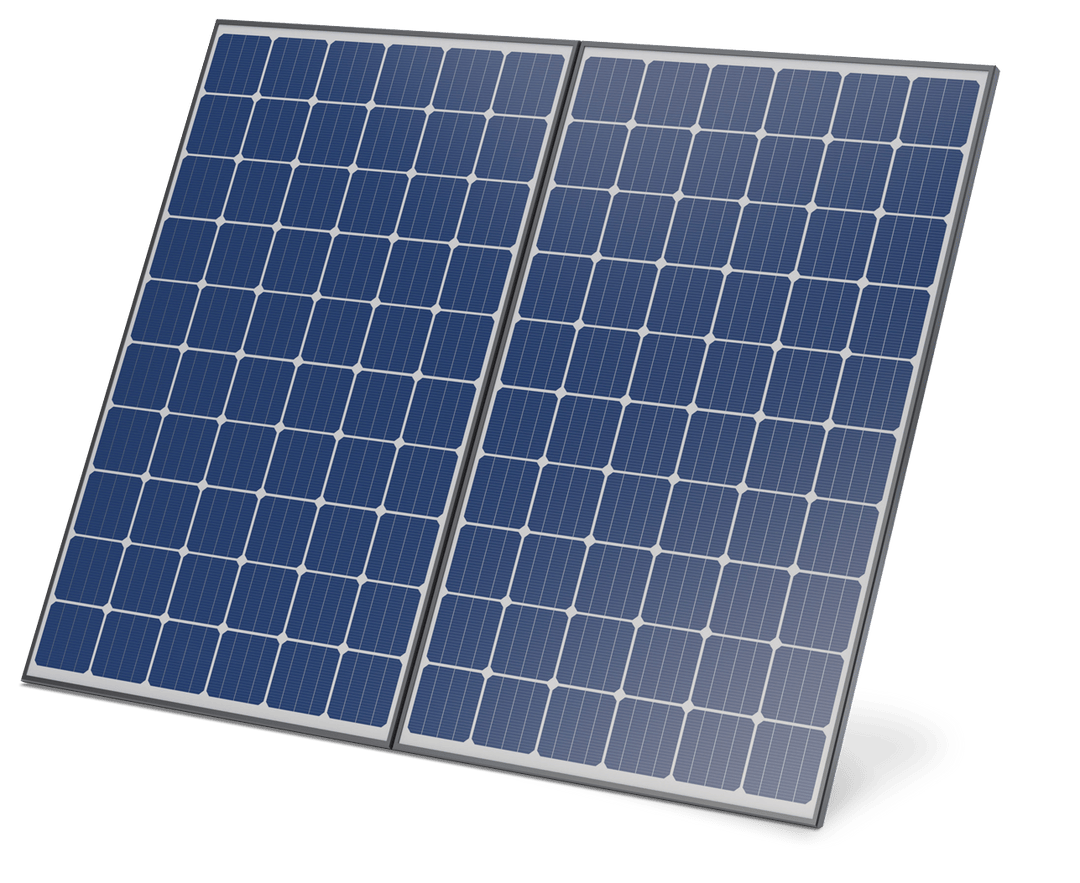The Sampshill Solar Project
Anesco Limited is proposing to develop, construct, and operate a 39MWp solar project on land at Sampshill Road, Westoning, Central Bedfordshire, MK45 5AD.
This development will support the UK governments pledge to end its contribution to global warming by 2050, benefitting the local and wider community now, and for generations to come.
The land at Sampshill Road was selected as a site suitable for a Solar development because:
- It is close to a viable grid connection;
- Has suitable topography and ground composition;
- Sits away from heritage designations
and features; - Sits outside of any National Parks and National Landscapes;
- Will be set back from residential properties, limiting views for the development within the local areas.
Planting and hedgerow re-enforcement will be put in place that will be managed throughout its lifespan.
Further detail on the proposed development is set out below
Click here to view the plans
Click here to view maps
FEEDBACK
Click here to provide your comments. All comments should be submitted by 11th April 2025.


Clean green technology

generating circa 40,712MWh per annum
saving c. 6,907 tonnes of Co2 per annum

powering approximately 7,806 average uk homes
System design details
Total installed capacity
Declared net capacity
Number of modules
Transformers

Climate change emergency
In June 2019, the UK government became the first major economy in the world to pass laws to end its contribution to global warming by 2050. What this means is that by this date, the UK’s greenhouse gas emissions will be carbon neutral, creating a better environment now, and for generations to come.
Carbon neutral is about finding a balance between the total greenhouse gas emissions being produced, and the total emissions being removed from the environment. This commitment to becoming carbon neutral is a substantial increase on the UK’s previous target and comes at a time when pressure is building on governments to recognise and take urgent action in light of the climate emergency.
About solar technology
Solar is the most popular renewable technology in the world and is an incredibly clean source of renewable energy. Unlike other renewable technologies, solar panels have no moving parts and therefore operate silently. They are also low in height and can be hidden behind hedgerows or fencing, minimising the visual impact on the landscape.
Biodiversity enhancements
The RSPB ‘State of Nature Report’ highlights the severity of the decline in British wildlife. It details that of the 8,431 species that have been assessed using regional Red List criteria, 15% have been classified as threatened with extinction from Great Britain. Climate change is driving widespread changes in the abundance, distribution, and ecology of the UK’s wildlife, and will continue to do so for decades or even centuries to come.
Solar farms present an excellent opportunity for biodiversity. The proposed solar farm will be installed on piles with minimal disturbance to the ground. The solar panels have no moving parts and the infrastructure typically disturbs less than 5% of the ground. The posts upon which the panels are mounted take up less than 1% of the land area. Because panels are raised above the ground on posts, more than 95% of a solar farm field area is still accessible for plant growth and potentially for wildlife enhancements. The proposed solar farm would have a lifespan of 40 years which is sufficient time for appropriate land management to yield real wildlife and biodiversity improvements within the local area.
A site-specific biodiversity plan will be devised to cover the lifetime of the proposed solar farm, working closely with the ecologists, and conservation organisations to ensure that the biodiversity enhancements are most appropriate to the local area.
FREQUENTLY ASKED QUESTIONS
What is the proposed timeline of the project?
The proposed connection date is Oct 2031, with planning to be submitted this month, and construction starts in Early autumn 2030.
How long will it take to construct the Sampshill Solar Project?
Approximately 36-40 weeks
Do solar farms make any noise?
There is hardly any noise emitted from a solar farm. The technology does not use any moving parts and in many cases nature and solar complement each other. Anesco install string inverters on our solar farms to convert DC electricity into AC and these inverters do emit a low humming sound but they are housed in soundproof boxing, so the noise is essentially inaudible.
Do Solar Farms create Glint and Glare?
Solar modules are designed to absorb light rather than reflect it. They pose very little risk of glint and glare and as such solar modules have been installed at Gatwick Airport, along motorways and besides sports car race tracks.
Do solar farms require a lot of maintenance?
No, maintenance is very limited and usually involves 1 visit per month by two operatives who attend site with a van.
How will the electricity generated benefit the local residents?
All the power will be fed directly into the local grid network, however there will also be biodiversity enhancements throughout the site. We have also started discussions with the local parish on how we can work alongside the community on other benefits.
What happens at the end of the 40 year term?
The solar farm will be decommissioned, equipment removed and the site will return to its former state unless there is a possibility of further extending the term with the local planning authority, which would be determined in the future.

Creating a better future
Download your free guide to find out why we need renewable energy.


